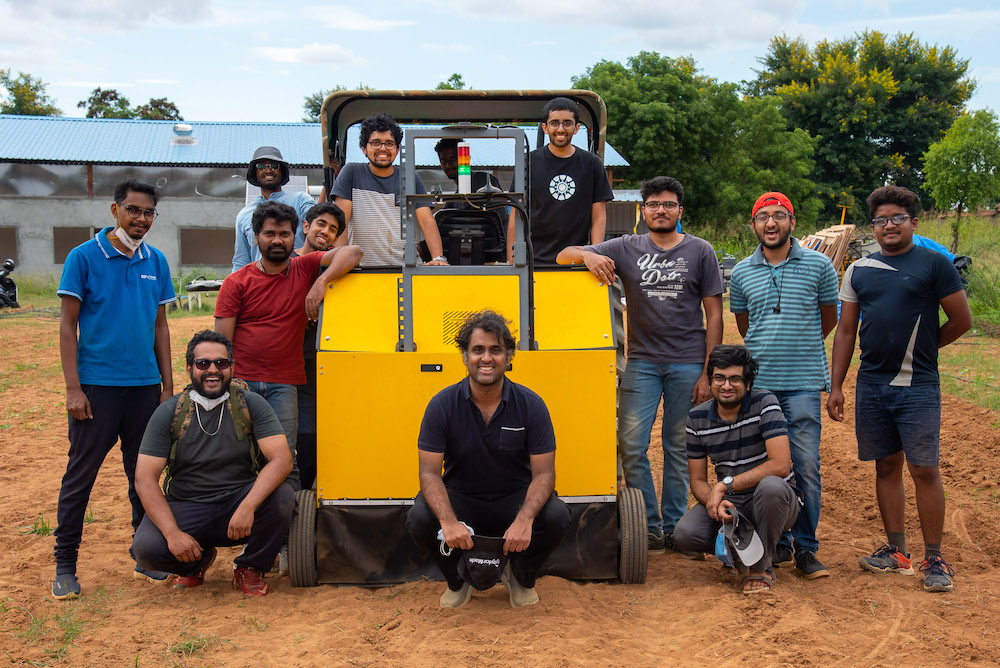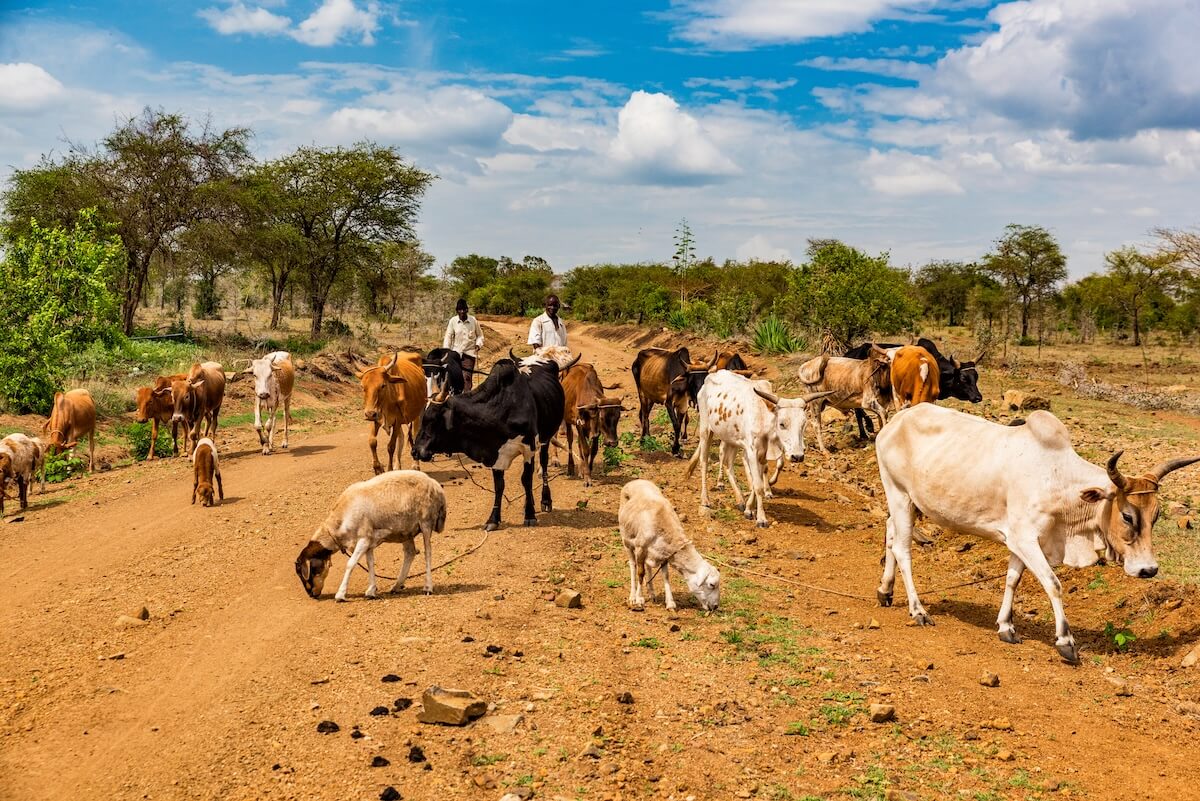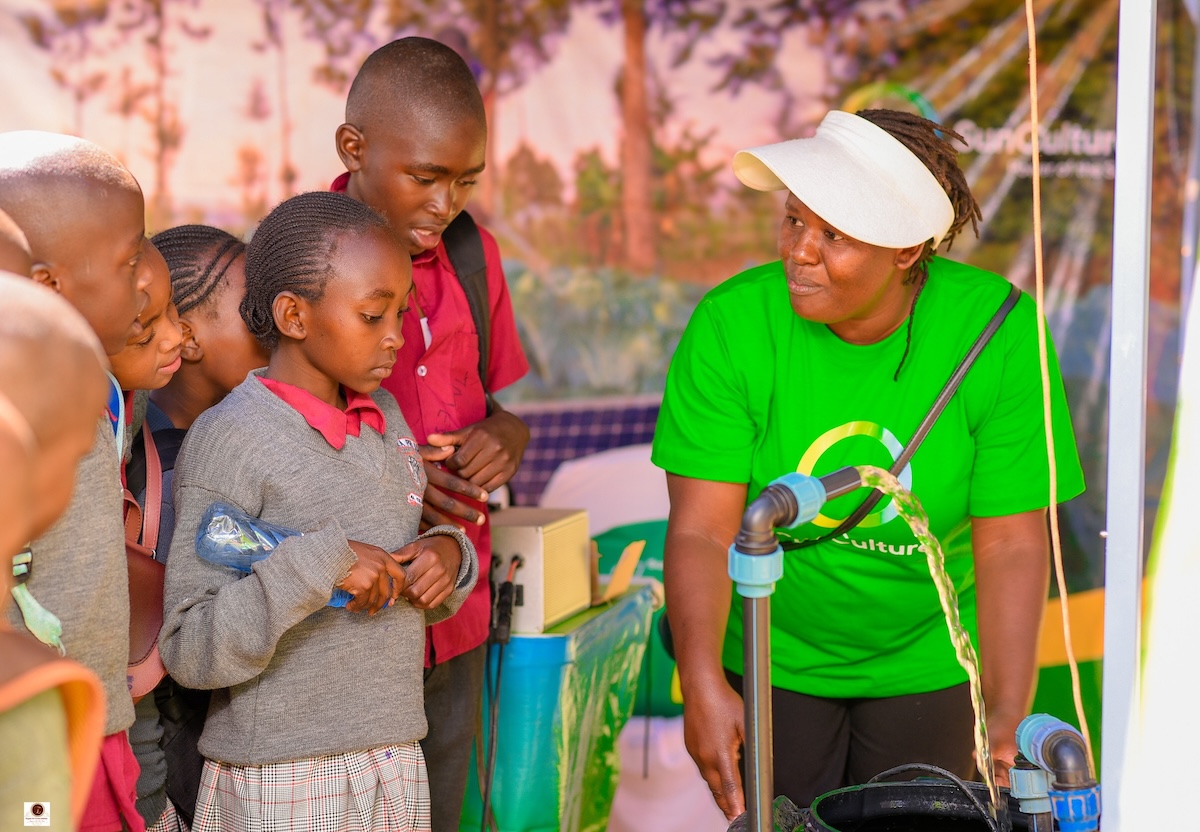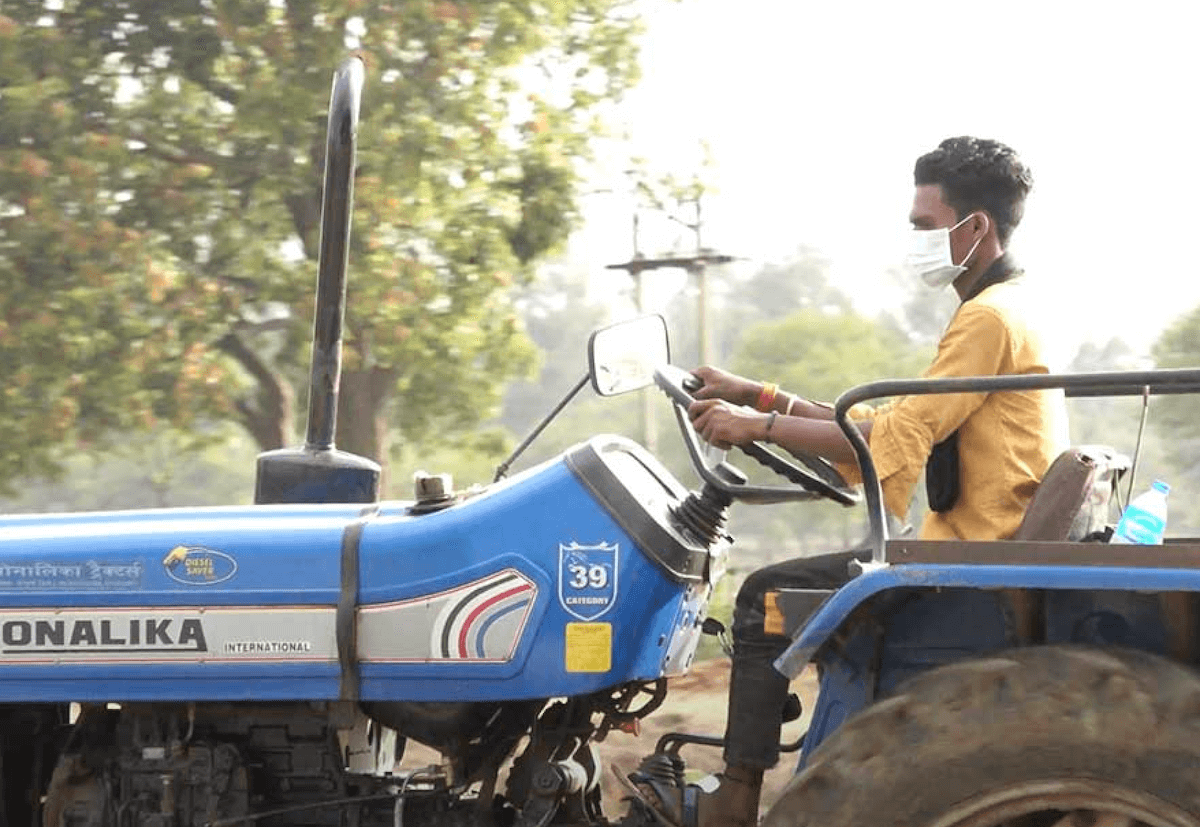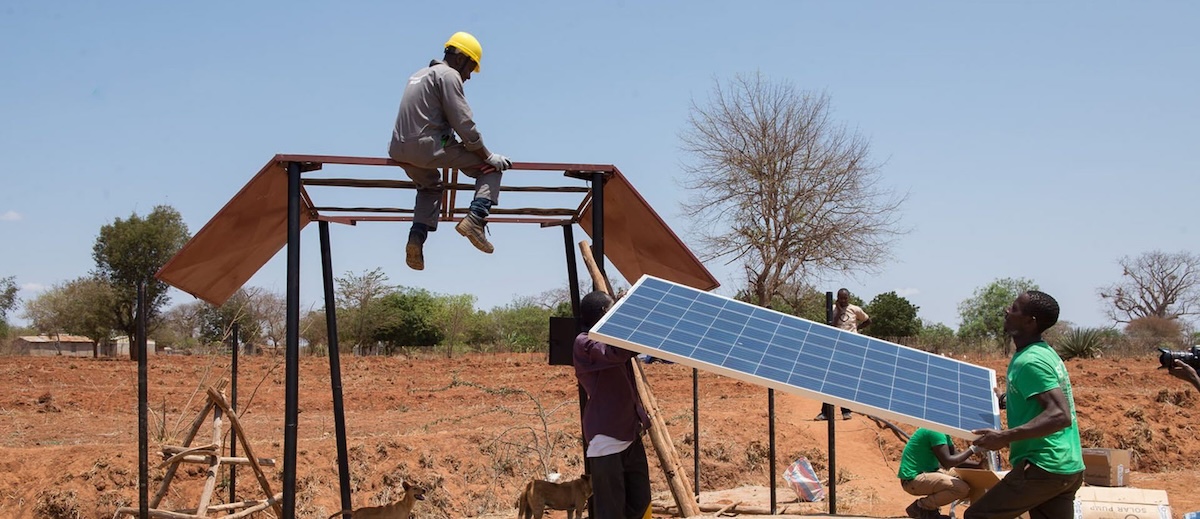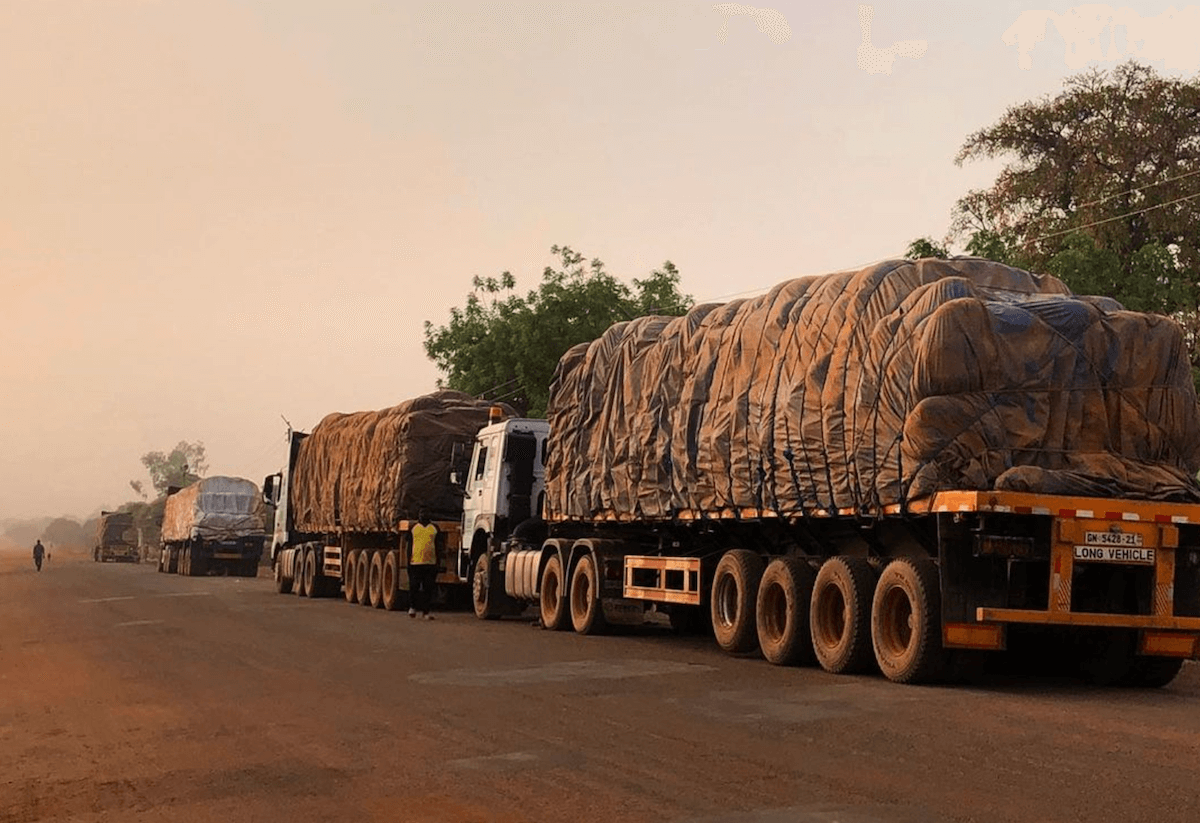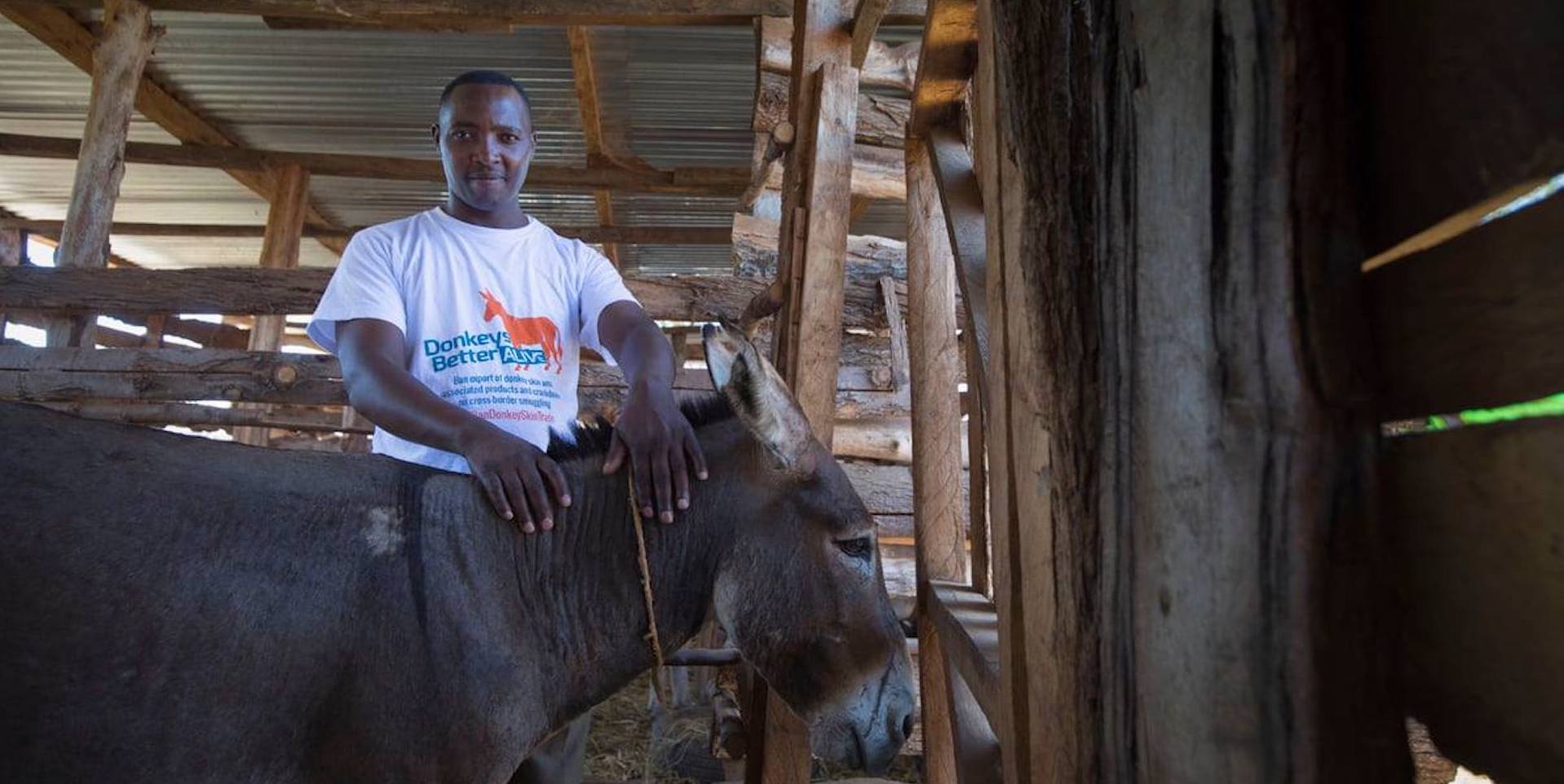ImpactAlpha, August 26 – Agriculture suffers from a worldwide labor shortage that has been exacerbated by the global pandemic. Bangalore-based TartanSense is developing robotic devices to help India’s smallholder farmers cut costs, boost productivity and reduce their need to find additional farm help. The company’s robotics-as-a-service offering lends farmers equipment for precision crop spraying and weeding.
“The mission of the company is to put the technology that Western farmers have enjoyed into the hands of South Asian farmers—simple technologies like spraying the right chemicals and putting seeds in the ground at the right spacing—and letting them compete with that,” founder Jaisimha Rao told ImpactAlpha. “That’s our motivation.”
TartanSense’s $5 million Series A round was backed by FMC Ventures, the venture investing arm of agri-chemicals giant FMC Corp., and existing investor Omnivore. Blume Ventures also participated.
Efficiency boost
TartanSense weeding bot, BladeRunner, and spraying bot, BrijBot, are designed to work with farmers’ tractors, so farmers can lease the equipment as needed, rather than buying it outright. Rao said its equipment reduces farmers’ field-time for weeding and spraying and costs $15 to $20 per acre, about what they pay now.
“People underestimate India’s farmers’ willingness to pay,” he said. “If you can help them solve a problem—major issues like sourcing labor—the willingness to pay is extremely high.”
Product redesign
TartanSense has deployed six devices for cotton farmers in India’s northern states of Gujarat and Maharashtra. The company hopes to have 100 in the field in the next 18 months.
Its current equipment iterations were remodeled from electric-powered designs, which were meant to be both cost-effective and eco-friendly. But electric equipment charging was too unreliable in rural India, Rao said.
“We’re in the business of delivering return-on-investment to the farmer, so we couldn’t get too infatuated with that technology,” he added. “Electric-powered robots are a good thing to have, but practically it wasn’t working out.”

